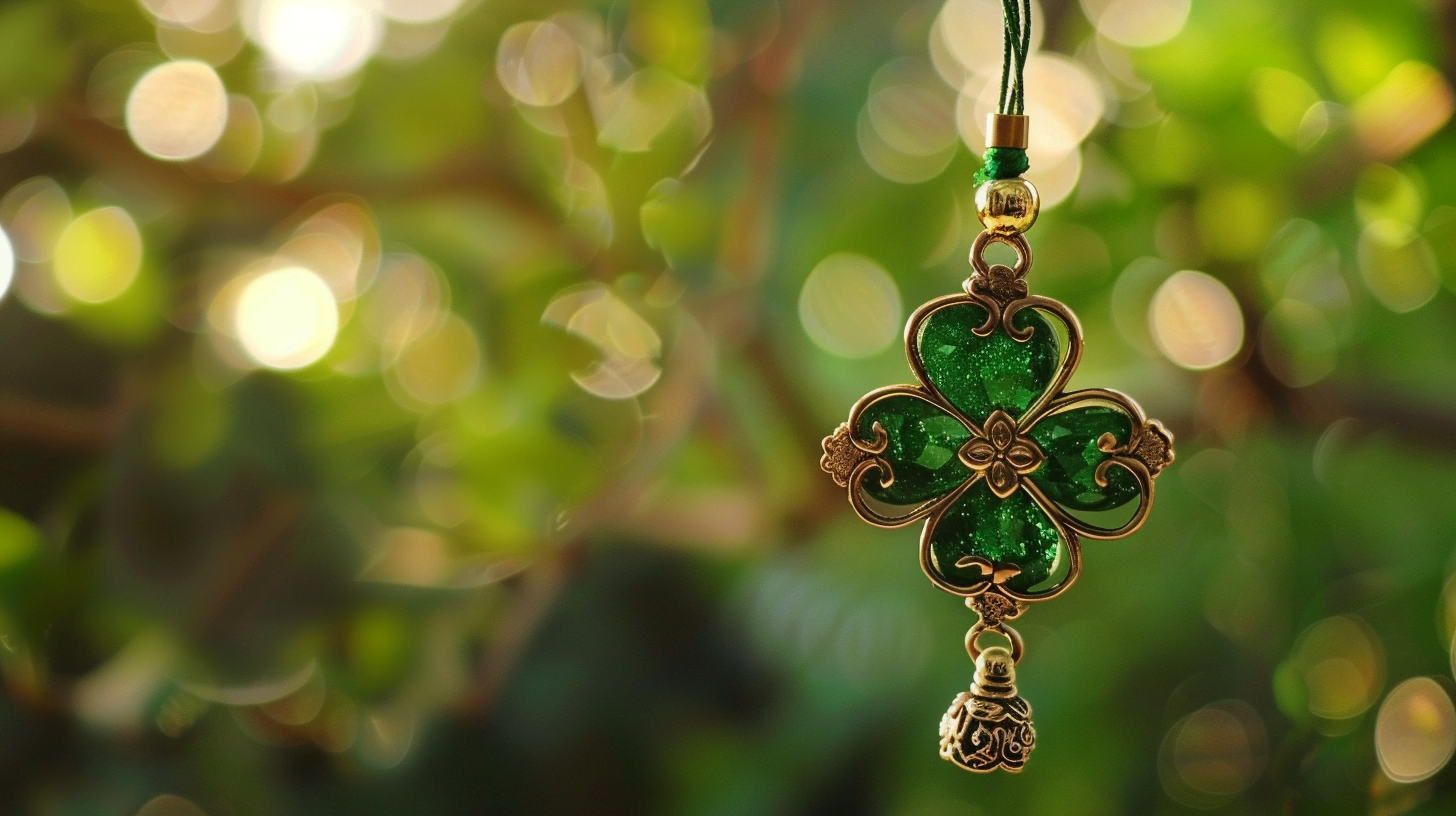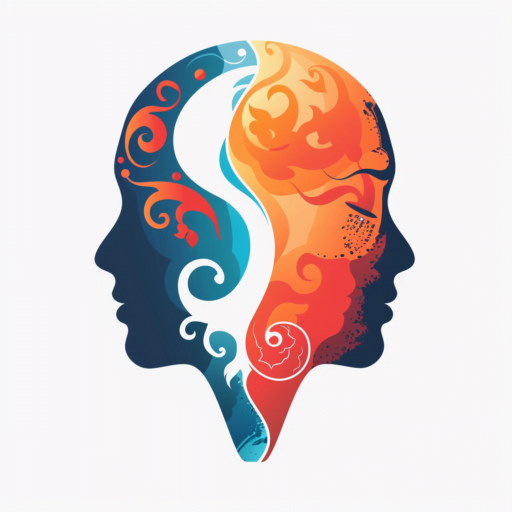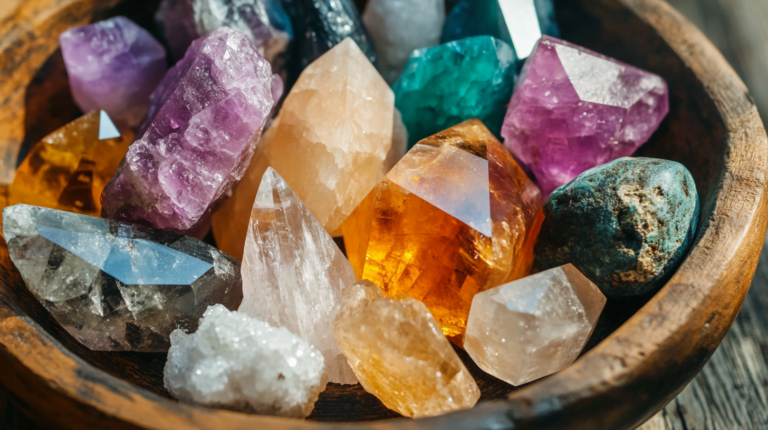Book Appointment Now
Can Good Luck Charms Be Real?
Explore the fascinating world of good luck charms and their impact on our lives. Discover the origins, psychology, and cultural significance behind these talismans, and learn how to create your own meaningful lucky charm. Can these objects truly influence our fortune, or is it all in our minds?

Throughout history, people from various cultures have relied on good luck charms to attract fortune, ward off evil, and navigate the uncertainties of life. From four-leaf clovers to rabbit’s feet, these talismans have captured the imagination of generations. But can good luck charms really influence our lives, or are they merely a product of superstition and wishful thinking? In this article, we’ll delve into the captivating world of lucky charms, exploring their origins, the psychology behind their use, and the stories of those who swear by their power.
What Are Good Luck Charms?
A good luck charm is an object believed to bring good fortune to its owner. These charms come in various forms, such as:
- Amulets: Worn close to the body to protect against harm or negative energy
- Talismans: Imbued with magical properties to attract specific benefits, like wealth or love
- Symbols: Representing luck, prosperity, or protection in a particular culture
Some of the most popular good luck charms include:
| Charm | Origin | Believed Benefit |
|---|---|---|
| Four-leaf clover | Ireland | Brings good luck and fortune |
| Rabbit’s foot | Europe, North America | Attracts good luck and wards off evil |
| Horseshoe | Europe, Middle East | Protects against evil and brings good fortune |
| Maneki-neko (Lucky Cat) | Japan | Attracts wealth and prosperity |
| Hamsa (Hand of Fatima) | Middle East, North Africa | Protects against the evil eye |
The belief in good luck charms is often rooted in superstition – the notion that certain objects, actions, or events can influence outcomes without any logical connection.
The Origins of Lucky Charms
The use of amulets and talismans dates back to ancient civilizations. The ancient Egyptians, for example, wore scarab beetle amulets to symbolize rebirth and regeneration. In ancient Greece and Rome, people carried coins with the image of the goddess Fortuna to attract good luck.
Throughout history, good luck charms have been featured in literature, mythology, and folklore. In the Middle Ages, horseshoes were believed to ward off evil spirits and bring good fortune. This belief likely originated from the story of Saint Dunstan, who allegedly nailed a horseshoe to the devil’s foot to banish him from a village.

The Psychology Behind Believing in Good Luck Charms
The perceived effectiveness of good luck charms can be attributed to several psychological factors:
- The Placebo Effect: The belief that an object has the power to influence outcomes can lead to improved performance and increased confidence.
- Confirmation Bias: People tend to focus on the positive outcomes that align with their beliefs while ignoring contradictory evidence.
- Superstitious Behavior: Engaging in rituals or carrying lucky charms can provide a sense of control in uncertain situations, reducing anxiety and stress.
Dr. Stuart Vyse, a psychologist and author of “Believing in Magic: The Psychology of Superstition,” explains:
“Superstitious beliefs and behaviors are a way of coping with uncertainty and anxiety. By engaging in rituals or carrying lucky charms, people feel like they have some control over the outcome of events, even if there’s no logical connection between the two.”
Real-Life Stories of People and Their Lucky Charms
Many famous individuals, particularly athletes, have been known to rely on good luck charms during high-pressure situations:
- Michael Jordan: The basketball legend wore his University of North Carolina shorts under his Chicago Bulls uniform for good luck.
- Serena Williams: The tennis star has been known to wear the same socks throughout a tournament if she’s on a winning streak.
- Tiger Woods: The golfer has used a variety of lucky charms over the years, including a red shirt on Sundays and a Buddhist medallion.
But it’s not just celebrities who rely on lucky charms. Everyday people often have their own personal talismans that hold special meaning:
Case Study: Sarah’s Lucky Penny
Sarah, a 28-year-old marketing executive, always carries a lucky penny in her wallet. She found the penny on the sidewalk the day she interviewed for her dream job. Sarah got the job and has kept the penny with her ever since, believing it brings her good fortune in her career.
The Science Behind Lucky Charms: Fact or Fiction?
Despite the widespread belief in good luck charms, scientific evidence supporting their effectiveness is lacking. Researchers have conducted studies to examine the impact of lucky charms on performance and decision-making, with mixed results.
A study by Damisch et al. (2010) found that participants who were told they had a lucky charm performed better on memory and anagram tasks compared to those without a charm. However, the researchers attributed this effect to increased self-efficacy and confidence rather than any inherent power of the object itself.
Other studies have suggested that the belief in good luck charms can lead to riskier behavior and overconfidence. In a study by Goodman and Irwin (2006), participants who were given a “lucky” golf ball were more likely to make riskier putts compared to those with a regular ball.
Creating Your Own Good Luck Charm
While the scientific evidence for good luck charms may be lacking, the power of personal significance cannot be overlooked. Creating your own good luck charm can be a meaningful way to boost your confidence and maintain a positive outlook.
When choosing a lucky charm, consider objects that:
- Have sentimental value or remind you of a special moment
- Represent your goals, values, or aspirations
- Make you feel happy, confident, or inspired
Some ideas for DIY good luck charms include:
- A locket with a photo of a loved one
- A bracelet with beads representing important milestones
- A painted rock with a motivational message
- A origami figure folded with intention
Remember, the true power of a good luck charm lies in your belief and the positive mindset it inspires.
The Cultural Significance of Good Luck Charms
Good luck charms are more than just personal talismans; they are also a reflection of cultural values and beliefs. In many cultures, lucky symbols are incorporated into traditional ceremonies, rituals, and everyday life.
For example, in Chinese culture, the color red is considered lucky and is prominently featured during the Lunar New Year celebrations. In Feng Shui, the placement of certain objects, such as the Lucky Bamboo or the Chinese Money Plant, is believed to attract wealth and prosperity.
Lucky symbols also influence art, architecture, and design. The intricate patterns of Persian rugs often incorporate talismanic symbols to bring good fortune to the household. In Gothic architecture, the use of the quatrefoil, a four-lobed clover shape, was believed to ward off evil spirits.

The Business of Good Luck Charms
The belief in good luck charms has given rise to a thriving industry of lucky talismans and amulets. From mass-produced keychains to handcrafted jewelry, the market for lucky charms is vast and diverse.
Marketing strategies often capitalize on the emotional appeal of good luck charms, promising to bring wealth, love, or protection to the buyer. However, this commercialization of superstitious beliefs raises ethical concerns, as some may exploit vulnerable individuals or perpetuate harmful stereotypes.
As consumers, it’s essential to approach the purchase of good luck charms with a critical eye and recognize that true success and happiness come from within, not from an external object.
Conclusion
The allure of good luck charms has endured for centuries, captivating people across cultures and generations. While the scientific evidence for their effectiveness remains inconclusive, the psychological impact of believing in lucky objects cannot be denied. Good luck charms can serve as tangible reminders of our goals, values, and the positive mindset we strive to maintain.
However, it’s crucial to approach lucky talismans with a balanced perspective. Recognize their cultural significance and the personal meaning they hold, but also understand that true success and happiness come from our own efforts, determination, and the support of those around us.
So, whether you carry a lucky penny, wear a cherished amulet, or simply hold onto a positive outlook, remember that the true power of good luck charms lies within yourself. Embrace the fascinating world of lucky talismans, but never lose sight of your own agency in shaping your destiny.



